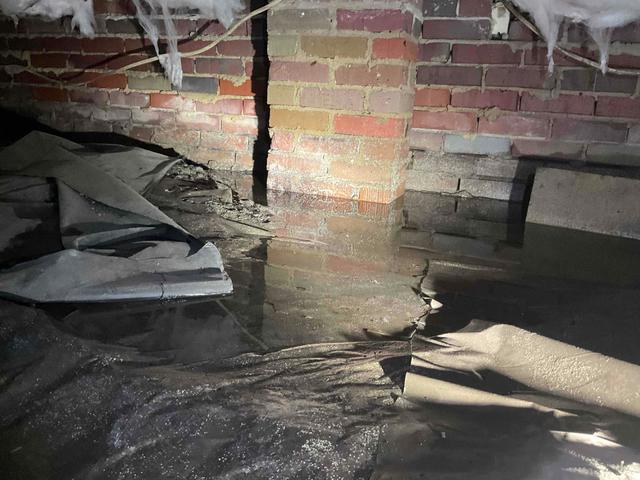
Hurricane Floodwater
Water had seeped into the crawl space in large amounts during hurricane Ian. There is visible efflorescence, the white chalky substance on the brick, that is indicative of how high the water level has risen in the crawl space in the past.

Falling Insulation
The most common sign of a moisture problem in the crawl space is subfloor insulation falling down in the crawl space.
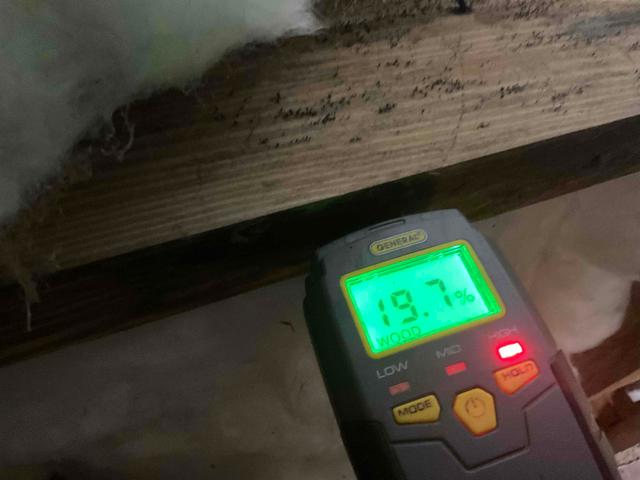
Wood Moisture Measurement
The wood moisture was at a high 19.7%, in the danger zone for mold and wood rot.
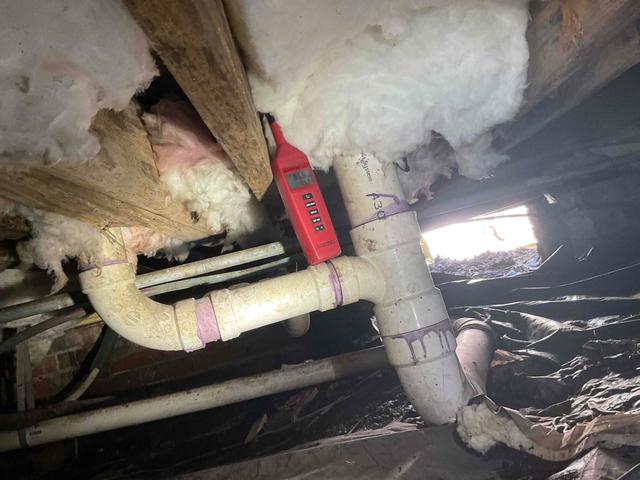
Humidity Measurement
The humidity in the crawl space was measured at a high 86.6%, well above the appropriate range of about 55%

Water Pooling
Water was seeping into the crawl space through the walls and collecting on top of the unsealed plastic vapor barrier, increasing the humidity level and worsening the issue it was meant to solve.
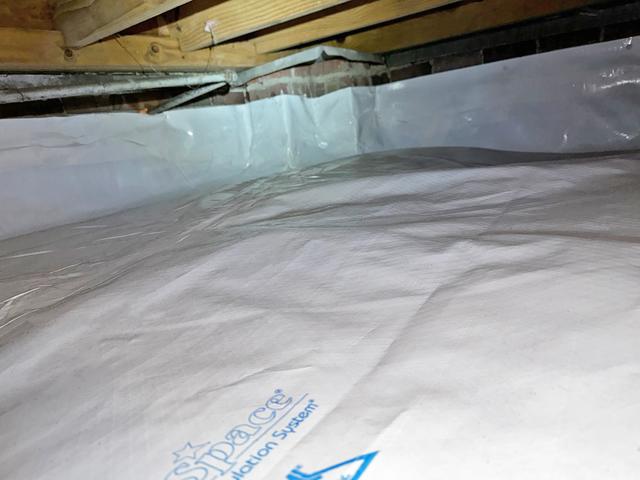
Properly Sealed Encapsulation
The CleanSpace Encapsulation System was sealed up the walls. This can prevent water from entering and getting trapped on top of the vapor barrier.
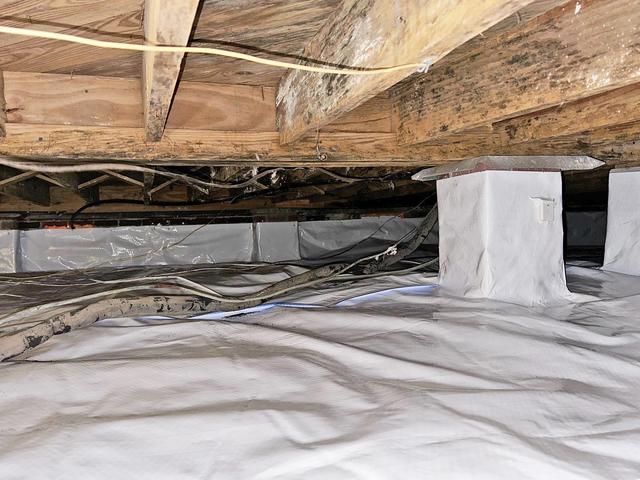
Encapsulation Installed
After the encapsulation is installed, the groundwater entering the crawl space will be able to appropriately drain to a sump pump that monitors and helps control the water level.

Sump Pump
A sump pump is an essential component of an encapsulated crawl space. Without it, during heavy rains or hurricanes, the water level will rise too high and enter the crawl space.
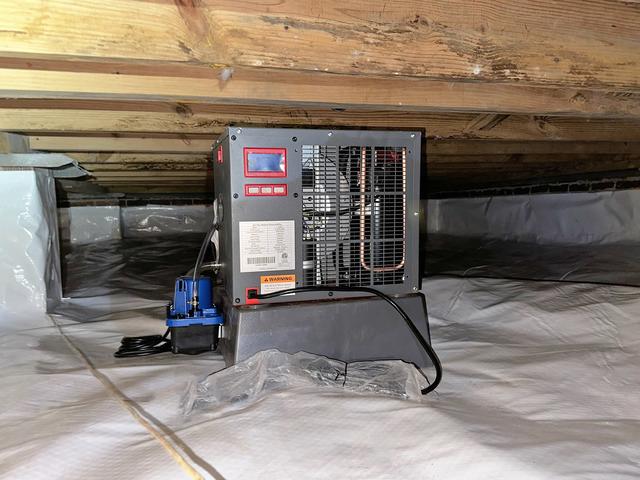
Crawl Space Dehumidification
In order to assure a safe humidity level in the crawl space, our SaniDry Sedona Crawl Space Dehumidifier monitors & controls the humidity level. A healthy level for the crawl space is 55% relative humidity.
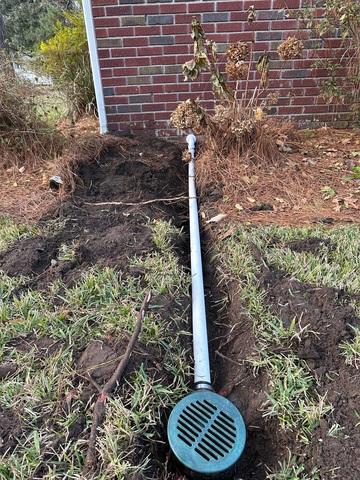
Sump Pump Discharge
The sump pump removes water out of the crawl space, pushing it out through a discharge line that is located in an area where the water can drain away from the home. Here is a discharge line during installation before the pipe is buried.



.png)

